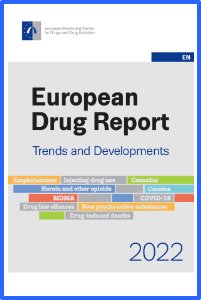By Alexandra Addison Wrage
Bribery plays a significant role in international criminal activity. Terrorists pay bribes. Money-launderers pay bribes. Those who traffic in people, narcotics, and illegal arms pay bribes. People pay immigration officers not to ask, customs officials not to inspect, and police officers not to investigate. Bribes follow patterns that are not at all mysterious to the officials, salesmen, and citizens who seek them and pay them. Using a series of international cases, Wrage examines bribery, peeling back the mystique and ambiguity and exposing the very simple transactions that lie beneath. She shows how these seemingly everyday transactions can affect security, democratization, and human aid. Examples from around the world help to illustrate the nature of the problem and efforts at combating it.Bribery plays a significant role in international criminal activity. Terrorists pay bribes. Money-launderers pay bribes. Those who traffic in people, narcotics, and illegal arms pay bribes. People pay immigration officers not to ask, customs officials not to inspect, and police officers not to investigate. At corporate headquarters in the United States, it can be easy to dismiss modest bribes in distant countries as an unfortunate cost of doing business. Bribes follow patterns that are not at all mysterious to the officials, salesmen, and citizens who seek them and pay them. Using a series of international cases, Wrage examines bribery, peeling back the mystique and ambiguity and exposing the very simple transactions that lie beneath. She shows how these seemingly everyday transactions can affect security, democratization, and human aid around the globe.Bribery and Extortion presents a clear picture of the world of bribery and the havoc it can wreak on whole populations. Wrage covers commercial bribery, administrative and service-based bribery, and extortion. She considers bribery and extortion at both high levels of government and lower levels on the street. Examples from around the world help to illustrate the nature of the problem and efforts at combating it. The book concludes with practical suggestions and an assessment of current efforts to stem the tide of bribery and restore transparency to everyday transactions in all realms.
Westport, CT: Praeger Security International, 2007. 177p.





















